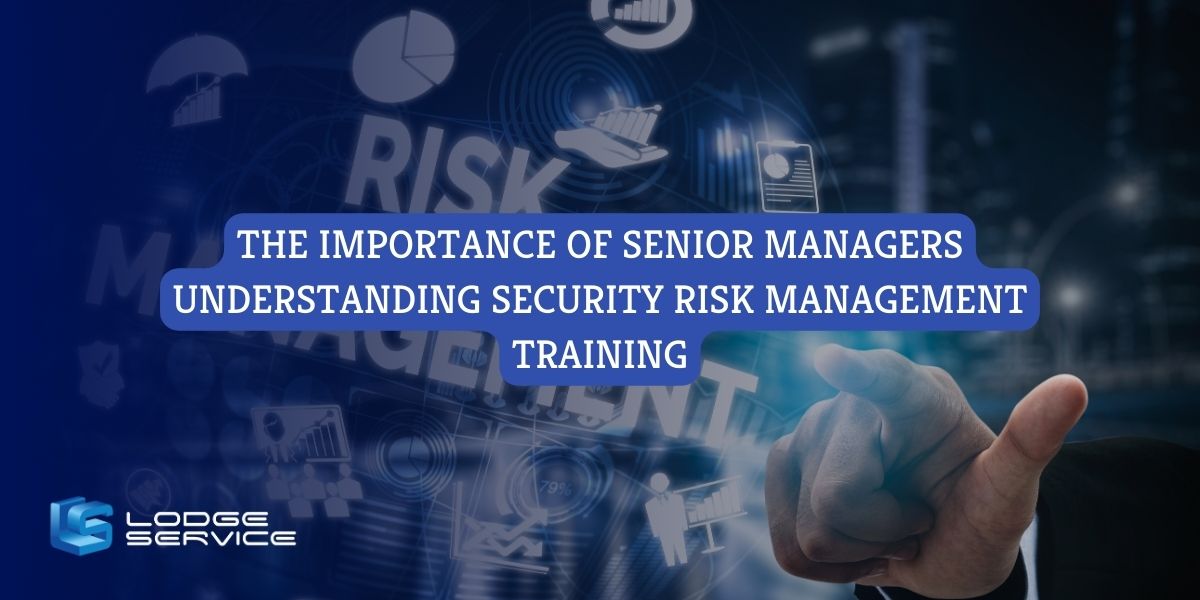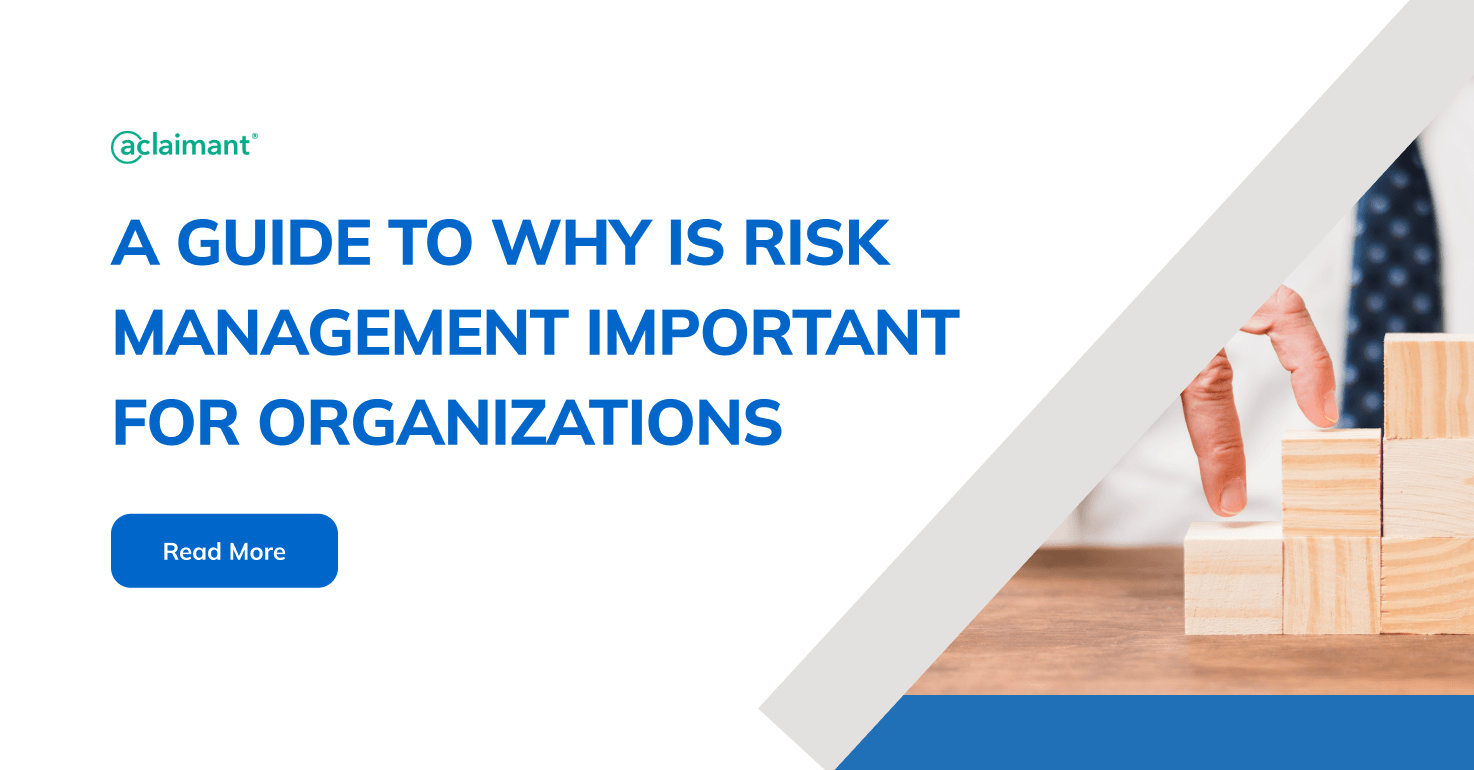The Function and Importance of Risk Management in Ensuring Corporate Continuity
The Function and Importance of Risk Management in Ensuring Corporate Continuity
Blog Article
Checking out the Significance of Risk Management for Effective Decision-Making Strategies
In the detailed globe of company, Risk Management arises as an essential variable in the decision-making procedure. The capability to identify possible threats and possibilities, and strategize accordingly, can mean the distinction between success and failing. With devices such as SWOT and PESTEL, organizations are furnished to make informed options, cultivating resilience and versatility in an ever-changing setting. Wondering how this works? Allow's unpack the dynamics additionally.
Comprehending the Principle of Risk Management
Risk Management, an essential component in decision-making, is often misunderstood or oversimplified. Risk Management involves organized and self-displined strategies, using information and informative analyses. From monetary uncertainties, lawful liabilities, critical Management mistakes, to accidents and natural disasters, it deals with numerous dangers - importance of risk management.
The Duty of Risk Management in Decision-Making Processes
In the realm of calculated planning and organization operations, Risk Management plays an integral function in decision-making procedures. It helps in determining potential dangers and uncertainties that might affect the success of business purposes. By tracing these threats, firms can formulate techniques to mitigate their influence, ensuring organization connection and stability. Risk Management thus comes to be an important tool in decision-making, assisting leaders to make enlightened options based upon an extensive understanding of the dangers entailed. It encourages an aggressive approach, allowing companies to prepare for and prepare for possible future situations. This substantially minimizes the chance of adverse effects, advertising more effective and efficient decision-making techniques. Risk Management offers as a crucial element in the decision-making procedures of any kind of organization.

Exactly How Risk Management Boosts Strategic Preparation
In the context of critical preparation, Risk Management plays a pivotal duty. Launching with the recognition of prospective dangers, it further encompasses the execution of Risk mitigation actions. The function of Risk Management is not static but vibrant, as it demands constant surveillance and adjusting of methods.
Identifying Possible Dangers

Implementing Risk Mitigation
Risk mitigation methods can range from Risk evasion, Risk transfer, to take the chance of decrease. Each technique should be tailored to the particular Risk, considering its possible effect and the organization's Risk tolerance. Efficient Risk reduction requires a deep understanding of the Risk landscape and the potential influence of each Risk.
Surveillance and Readjusting Techniques
Though Risk reduction is an essential action in calculated planning, constant monitoring and change of these strategies is just as essential. This recurring process permits companies to identify brand-new dangers and reassess existing ones, making certain the carried out strategies stay reliable in the ever-changing company setting. It also supplies an opportunity to assess the success of the Risk Management steps, enabling changes to be made where necessary, additional boosting strategic planning. Reliable monitoring and adjustment need the use of analytics and crucial efficiency indicators (KPIs) to determine performance. These tools supply valuable data-driven understandings that can educate strategic decision-making. As a result, surveillance and adjusting Risk Management techniques is a crucial element for boosting an organization's durability and calculated preparation.
Instance Researches: Effective Risk Management and Decision-Making
In the globe of service and financing, successful Risk Management and decision-making frequently offer as the pillars of prosperous ventures. These cases highlight the worth of astute Risk Management in decision-making procedures. These cases underscore the important role of Risk Management in critical decision-making.
Tools and Techniques for Efficient Risk Management
Browsing the complex maze of Risk Management needs the appropriate collection of strategies and tools. These tools, such as Risk registers and warm maps, aid in recognizing and evaluating prospective dangers. Strategies include both quantitative approaches, like level of sensitivity analysis, and qualitative techniques, such as SWOT evaluation. These help in prioritizing threats based upon their potential effect and probability. Risk response methods, a crucial part of Risk Management, involve approving, staying clear of, transferring, or mitigating threats. Tracking and regulating threats, through routine audits and evaluations, make certain that the approaches remain reliable. With these techniques redirected here and tools, decision-makers can navigate the complicated landscape of Risk Management, consequently helping with notified and efficient decision-making.
Future Trends in Risk Management and Decision-Making Strategies
As we explore the large landscape of Risk Management, it becomes evident that the tools and methods used today will remain to advance. Future fads direct towards a boosted reliance on innovation, with synthetic intelligence and explanation device knowing playing significant roles. These technologies will enable companies to forecast possible dangers with greater precision and make even more educated decisions. In addition, there will be an expanding focus on durability, not just in managing threats yet likewise in recovering from damaging circumstances. Finally, the idea of Risk society, where every participant of an organization understands and associated with Risk Management, will certainly get much more prestige. These patterns proclaim a more aggressive and inclusive technique in the direction of Risk Management and decision-making.
Final thought

Risk Management therefore comes to be a vital tool in decision-making, aiding leaders to make enlightened selections based on an extensive understanding of the dangers included. Risk reduction approaches can vary from Risk evasion, Risk transfer, to run the risk of decrease (importance of risk management). Reliable Risk mitigation requires a deep understanding of the Risk landscape and the potential impact of each Risk. Risk response dig this strategies, a key component of Risk Management, involve accepting, staying clear of, moving, or mitigating dangers. The idea of Risk culture, where every member of an organization is aware and entailed in Risk Management, will gain more prestige
Report this page